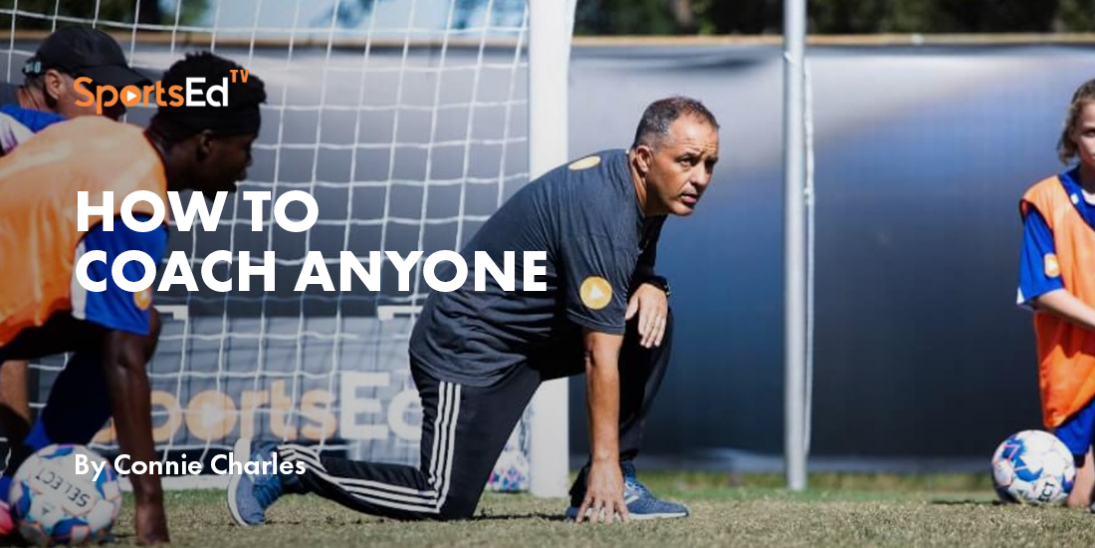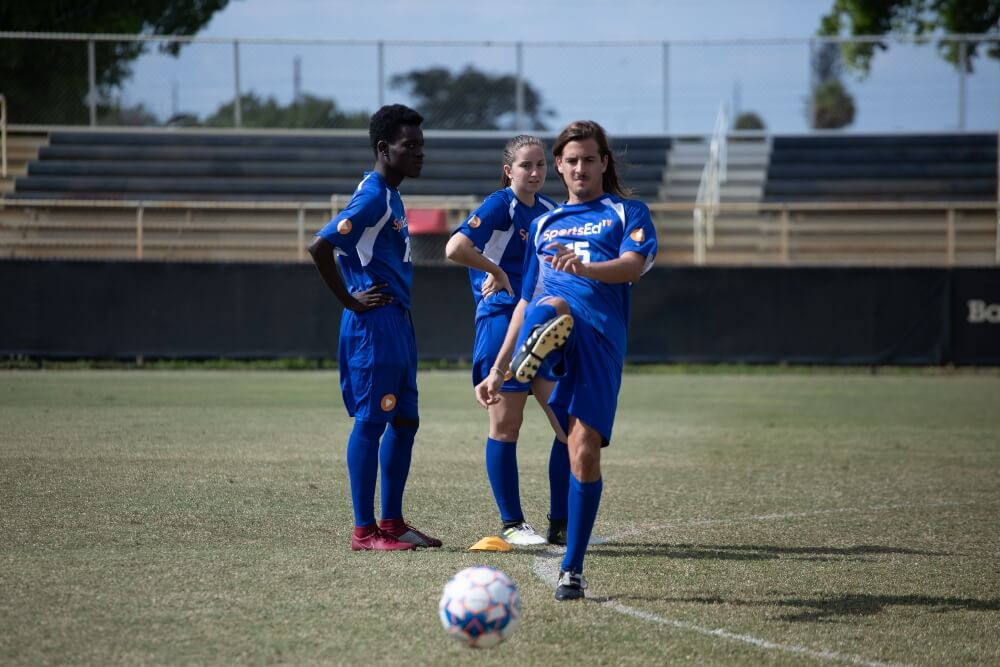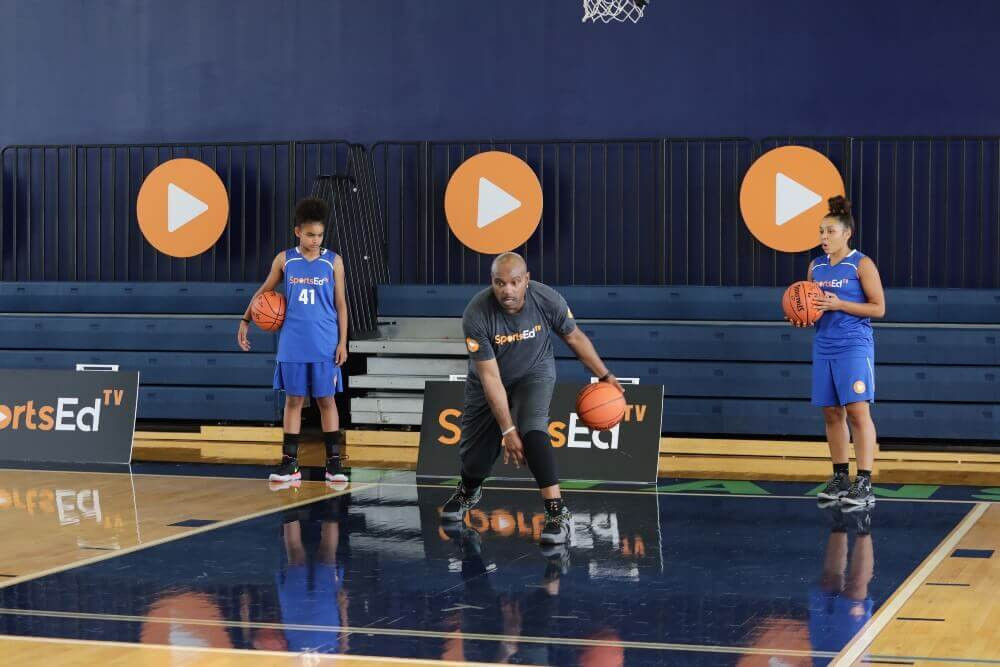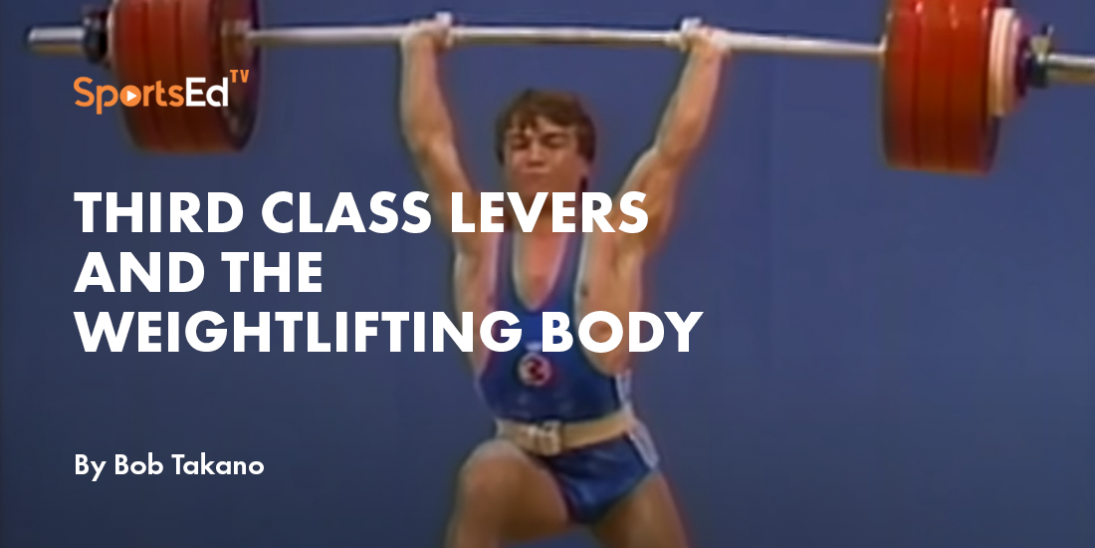Weightlifting, Golf, Tennis, Basketball, Volleyball, Soccer, Taekwondo, Mental Health
Welcome and thanks for visiting...

How to Coach Anyone: Reading the Player by Connie Charles

As coaches, we all have had an athlete that comes to us with good fundamentals, a great attitude and a personality that sparks enthusiasm in the rest of the team. The best part is, they are responsive to our coaching and we feel like we’re making a difference in their performance. It’s what keeps us coming back for more.
That’s not always the case though. We also have those situations where coaching feels like a fourth down with fifty yards to go. We can’t seem to find the path that unlocks the potential we see in a player and struggle to communicate in a way that they can hear and absorb our guidance. What’s the difference?
 The key to turning more seasons into winners comes down to one word: Adaptability. As coaches, we need to learn to adapt to the people we’re coaching in order to bring out the best in them. However, we’ve had enough successes that we can often be lulled into thinking that if the player is getting it, it’s his fault, not ours. She just not listening, he isn’t trying hard enough, and they aren’t putting in enough practice hours. It’s obviously them, not us. Which is why they often move on to another coach, another school, or another team.
The key to turning more seasons into winners comes down to one word: Adaptability. As coaches, we need to learn to adapt to the people we’re coaching in order to bring out the best in them. However, we’ve had enough successes that we can often be lulled into thinking that if the player is getting it, it’s his fault, not ours. She just not listening, he isn’t trying hard enough, and they aren’t putting in enough practice hours. It’s obviously them, not us. Which is why they often move on to another coach, another school, or another team.
So, how do you coach anyone? It comes down to learning to read the player and the signals they give us that tell us it’s not working for them. This disconnect manifests itself in stress behavior that leads to poor performance. Get good at recognizing and interpreting reactive behavior, adjust your coaching to the underlying need, and you can coach anyone.
While I’m not in any way implying that understanding athletes is a simple task, you can get started by thinking of them needing four different approaches to coaching. See if you recognize any of these characteristics in your athletes:
- Put me in Coach – always on the move and needs something to do
- Where’s my Trophy? – wants a target to shoot for and then a reward for hitting it
- Give me the PlayBook – looks for metrics and data to analyze
- The Basket Case – worries about everything and most concerned about what you think
When the player is not getting from you what they need, they will react. This is often when performance mystically goes down the tubes. When this starts to occur, there will be very specific behaviors that, once you know what to look for and how to respond, you can turn the downward spiral around by adapting your approach to what they need.
Instead of judging your players as having something wrong with them, recognize it as your opportunity to coach differently. Here’s a brief guide with some tips on how to adapt so that you can coach anyone.
| If They Do This | You Do This |
| Show frustration, go around you, ignore your input, are restless, take over, push the pace faster, get impatient with you and others | Remove barriers, make quick decisions, take action that generates results, speed up, talk faster, get them moving, give them drills |
| Act bored, want to argue, change their minds, can’t focus, become self-promotional, ignore rules, attract attention, create distractions | Lighten things up, engage in discussion, don’t take things seriously, surprise them with something new, give them a stage |
| Overanalyze the situation, insist on rules, worry about details, won’t try something new, ask detailed questions, seem paralyzed | Create a list, implement the actions, be consistent, follow through, don’t interrupt them, stick to routines, measure incremental progress |
| Shut down, avoid you or other team members, seem embarrassed, are moody or seem depressed, worry about image, lose energy | Talk less, listen more, ask respectful questions, remove the pressure, say positive things, give time to think, acknowledge feelings, provide quiet time |





